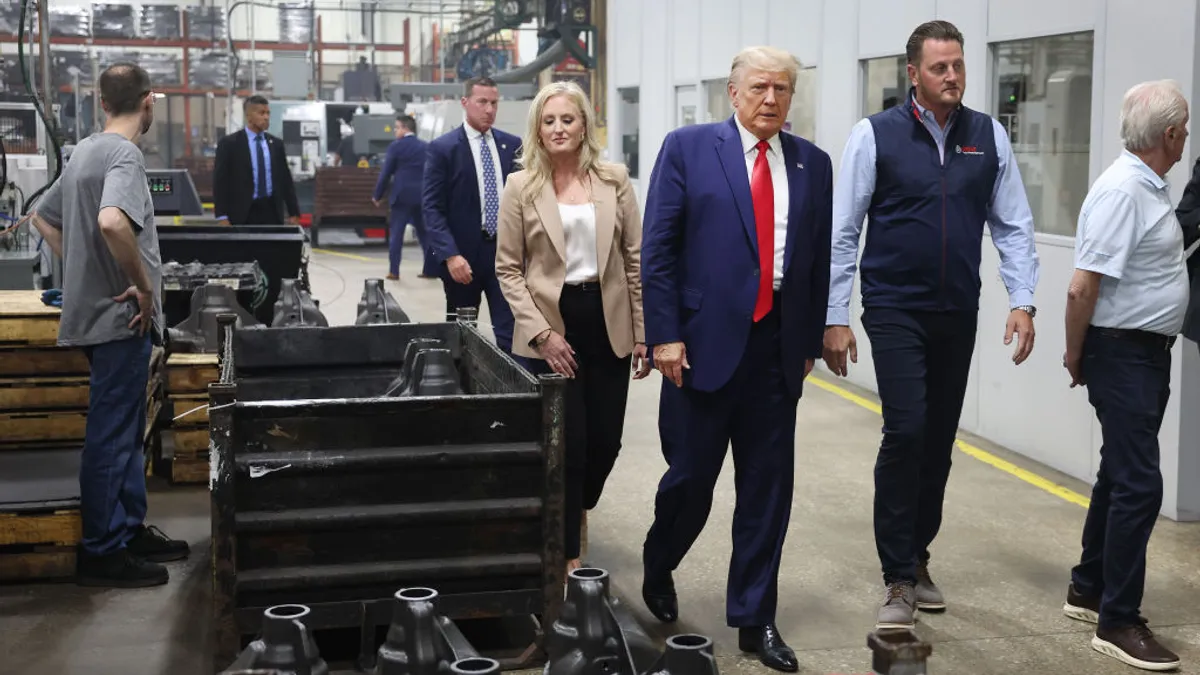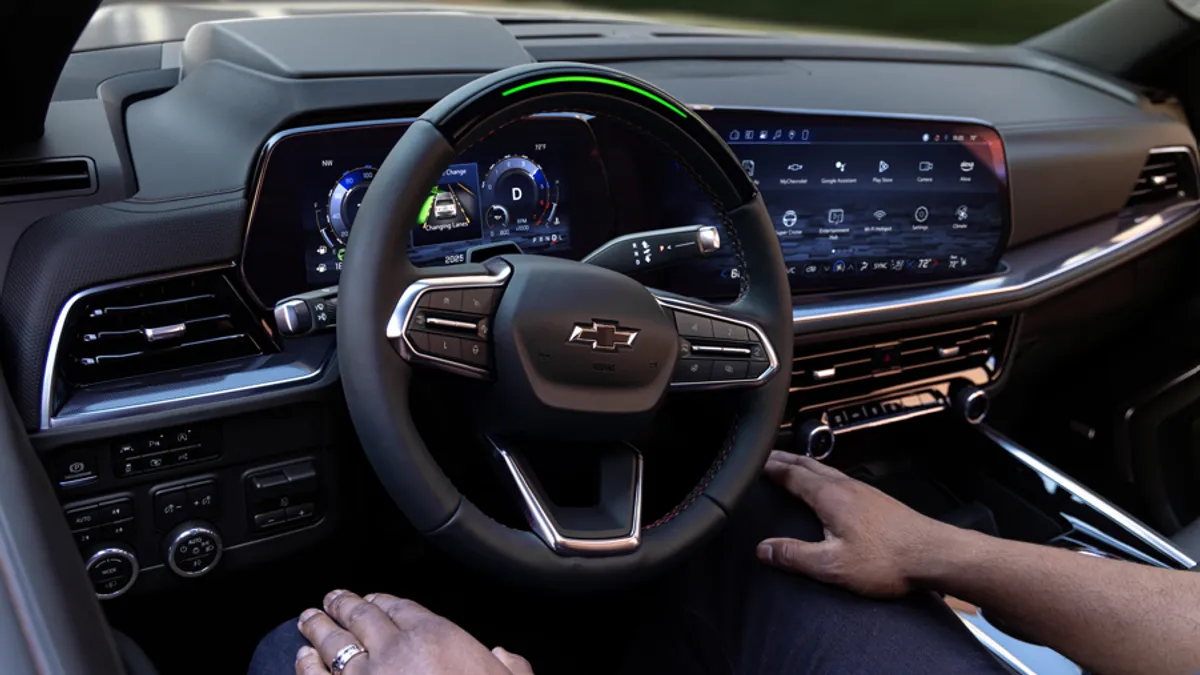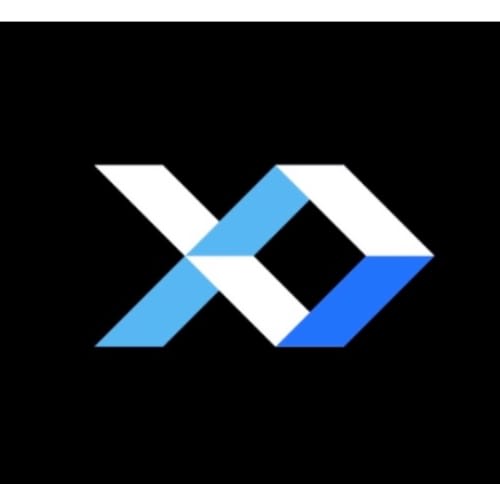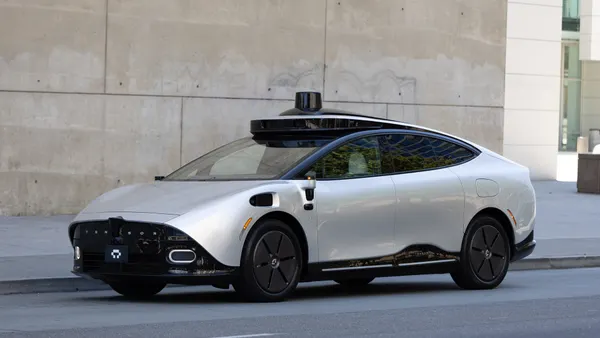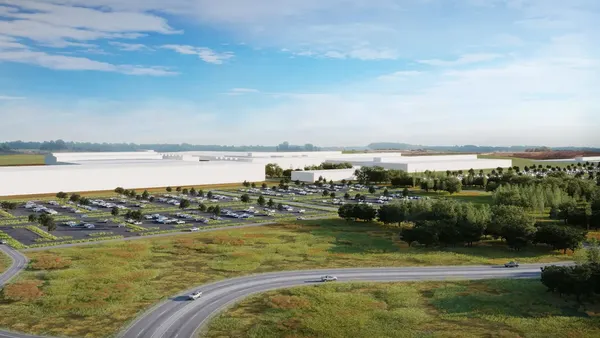General Motors-backed autonomous driving technology developer Cruise is deploying its vehicles on public roads in Phoenix for the first time since regulators in California ordered the company to cease operations last fall, the company announced in a blog post Tuesday.
Cruise, however, will not be picking up passengers in its robotaxis in Phoenix, and will not engage their autonomous driving systems. Instead, the vehicles will be manually driven to collect data used to build highly accurate navigation maps. The map data includes information like speed limits and the precise location of stop signs, traffic lights, lane markings and right turn only lanes, so that the Cruise autonomous vehicles can capture their precise location and surroundings.
“We plan to conduct this manual and supervised driving in multiple cities - starting with Phoenix - to expose our AVs to a diverse set of driving environments and conditions as we prepare for future driverless service,” Cruise wrote in the blog post.
Cruise’s robotaxi service was suspended and its entire fleet of Chevy Bolt electric vehicles were grounded after one of its self-driving vehicles struck and seriously injured a pedestrian in San Francisco in October. GM also halted production of the Cruise Origin multi-passenger shuttle, the company’s purpose-built autonomous ride-hailing vehicle it planned to add to its fleet.
While its fleet remains grounded, Cruise said that it has been conducting extensive testing in complex simulated environments and on closed courses over the past several months. The tests are designed to validate its autonomous driving software stack in preparation to restart its commercial ride-hailing operations.
The AV developer also overhauled its leadership and staff in the past few months.
Following the accident in San Francisco, Cruise dismissed nine of its top executives and laid off 24% of its workforce in December. The executive shakeup followed the resignation of two co-founders, former CEO Kyle Vogt and Daniel Kan, in November.
During General Motors’ Jan. 30 earnings call, CEO Mary Barra said Cruise’s “technology is sound” despite the safety concerns and the company posting a $2.7 billion loss in 2023. GM, however, plans to scale back its investments in Cruise this year, as the company implements a more cautious go-to-market strategy, Barra said.
In February, Cruise named Steve Kenner as its permanent chief safety officer. He previously served as global director of automotive safety at Ford. Kenner will oversee Cruise’s safety management systems and operations as the company makes plans to restart its operations.





